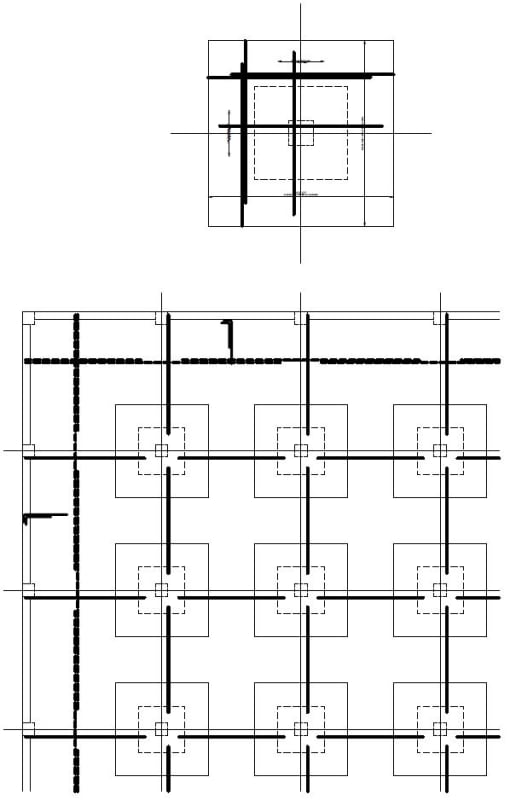structuralCADspecialist
Structural
- Dec 1, 2019
- 55
I've read more than a few texts on 2-way slabs. Most of them just closely follow code and therefore focus on the direct design method as well as the equivalent frame method (if I recall correctly?). What most texts tend to lack is any info about how to detail the slabs themselves, aside from recommended bar cut-offs. And they are especially lacking in methods of detailing more eccentric slabs. Very few authors want to touch it. I'm sure there's been a grad student (or two) who's a bit braver? Is what I'm seeking actually covered in ACI 318? And if so what's the oldest (and therefore least expensive ;-) ) edition of 318 that would have everything pertaining to 2-way slabs?
Back (way back!!) when I actually did rebar detailing, we were better at it. And by we I mean the engineers and the detailers. Back then they had lots of knowledge and experience going into each design. We used noticeable less steel and the slabs, in place, were generally far less sloppy (way less cover and congestion issues).
A big concern with many of the slabs I'm seeing today is that they often don't follow code fundamentals, nor do they follow the precedence of "good field performance" which was a key driver of past designs. I think a lot of newer slabs are not failing simple due to using extra bottom steel. What I'm seeing today is slabs that use more steel (sometimes way more) and perform worse, if not in the short term definitely in the long term (poured one or two concerningly 'bouncy' slabs over the last few years).
I'm very much an armchair engineer (obviously not an actual engineer) and love reading about anything and everything relating to reinforced concrete. In my current line of work I'm not really responsible for inefficient designs per say, but I'd like to change that (for many different reasons). Verbosely explaining how things 'used to be' doesn't cut it. So looking to improve on my knowledge base in a way that allows me to actually reference a solid source. Any help is greatly appreciated!!
Back (way back!!) when I actually did rebar detailing, we were better at it. And by we I mean the engineers and the detailers. Back then they had lots of knowledge and experience going into each design. We used noticeable less steel and the slabs, in place, were generally far less sloppy (way less cover and congestion issues).
A big concern with many of the slabs I'm seeing today is that they often don't follow code fundamentals, nor do they follow the precedence of "good field performance" which was a key driver of past designs. I think a lot of newer slabs are not failing simple due to using extra bottom steel. What I'm seeing today is slabs that use more steel (sometimes way more) and perform worse, if not in the short term definitely in the long term (poured one or two concerningly 'bouncy' slabs over the last few years).
I'm very much an armchair engineer (obviously not an actual engineer) and love reading about anything and everything relating to reinforced concrete. In my current line of work I'm not really responsible for inefficient designs per say, but I'd like to change that (for many different reasons). Verbosely explaining how things 'used to be' doesn't cut it. So looking to improve on my knowledge base in a way that allows me to actually reference a solid source. Any help is greatly appreciated!!

